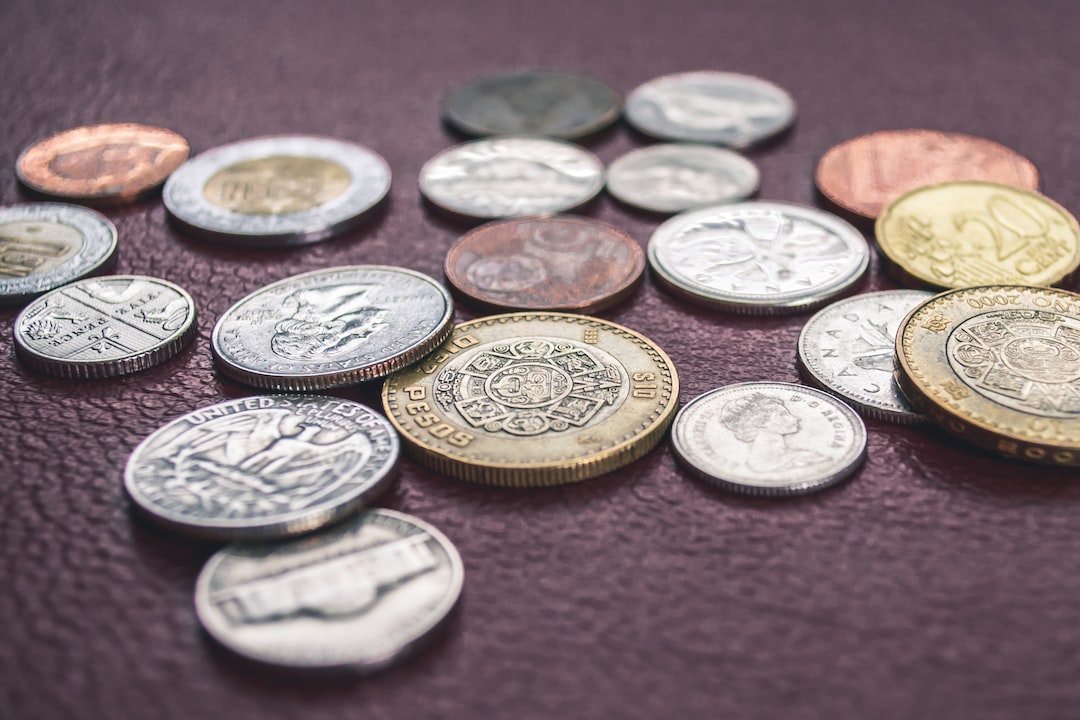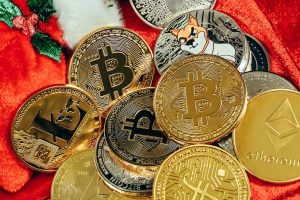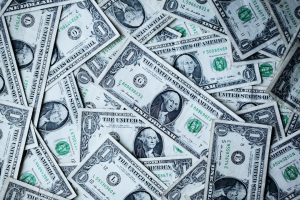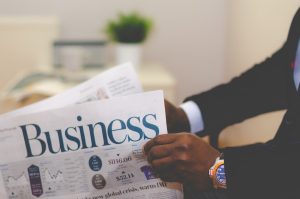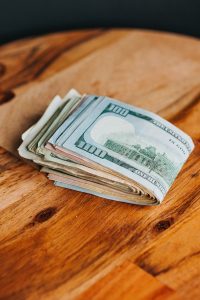Forex, short for foreign exchange, is the world’s largest financial market, with an average daily turnover of $5.3 trillion. It is a decentralized market where different currencies are traded. Banks and institutions are the biggest players in the forex market, accounting for over 90% of the total trading volume. They have the power to move the market and create trends. In this article, we will explore where banks and institutions are buying and selling in forex.
Banks and institutions have access to large amounts of capital and sophisticated trading platforms, which enable them to execute trades quickly and efficiently. They also have access to information that retail traders do not have, such as economic data, geopolitical events, and market sentiment. They use this information to make informed decisions about where to buy and sell currencies.
One of the most important factors banks and institutions consider when trading forex is liquidity. They prefer to trade in currency pairs that are highly liquid, which means that they can easily buy and sell large amounts of currency without significantly affecting the price. The most liquid currency pairs are the major pairs, which include the US dollar, euro, British pound, Japanese yen, Swiss franc, and Canadian dollar.
Banks and institutions also consider the economic fundamentals of the countries whose currencies they are trading. They analyze economic data such as GDP, inflation, employment, and interest rates to determine the strength or weakness of a currency. For example, if the US economy is performing well, the US dollar is likely to appreciate, and banks and institutions may buy US dollars.
Another factor that banks and institutions consider when trading forex is technical analysis. They use charts and technical indicators to identify trends and patterns in the market. This helps them to determine the best entry and exit points for their trades. For example, if a currency pair is in an uptrend, banks and institutions may buy the currency pair at a pullback or retracement.
Banks and institutions also use automated trading algorithms to execute trades. These algorithms are designed to take advantage of market inefficiencies and price discrepancies. For example, if the price of a currency pair on one platform is different from the price on another platform, the algorithm will buy the currency pair on the cheaper platform and sell it on the more expensive platform, making a profit in the process.
Banks and institutions also engage in carry trades, which involve borrowing in a low-interest-rate currency and investing in a higher-interest-rate currency. For example, if the interest rate in Japan is 0.1% and the interest rate in Australia is 1.5%, banks and institutions may borrow Japanese yen and invest in Australian dollars, earning a profit from the interest rate differential.
In summary, banks and institutions are the biggest players in the forex market, accounting for over 90% of the total trading volume. They have access to large amounts of capital, sophisticated trading platforms, and information that retail traders do not have. They consider factors like liquidity, economic fundamentals, technical analysis, and automated trading algorithms when buying and selling currencies. They also engage in carry trades to take advantage of interest rate differentials. Understanding where banks and institutions are buying and selling in forex can help retail traders make informed trading decisions.

